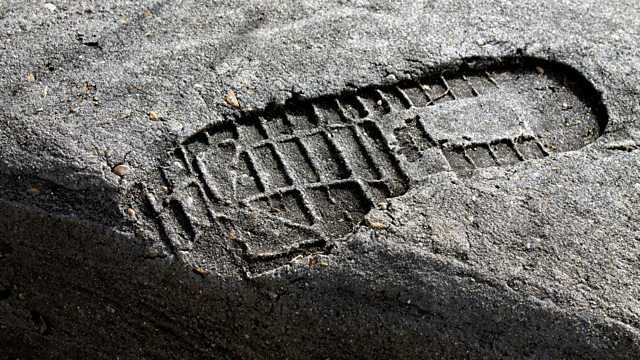Concrete's dirty secret
Cement and concrete have one of the biggest carbon footprints of any industry, and eliminating it is no easy task.
Cement and concrete have one of the biggest carbon footprints of any industry, and eliminating it is no easy task.
By volume concrete is the most heavily used resource by humanity apart from water. Our houses, offices, dams, roads, airports and so on all depend on pouring vast quantities of this magical, versatile material. But not only does making cement - the glue that binds concrete - involve huge amounts of energy. The chemical process itself also produces carbon dioxide as a bi-product, and nobody yet knows how to avoid that.
Manuela Saragosa speaks to three people who offer partial solutions. Architect Simon Sturgis of pressure group Targeting Zero wants to design most of the concrete out of buildings, and recycle what's left. Benjamin Sporton, chief executive of the Global Cement and Concrete Association, is trying to coordinate global research efforts. Meanwhile Professor Mohamed Saafi of Lancaster University says the answer may lie in carrots and sugar beet.
Producer: Laurence Knight
(Picture: A shoe print in the cement of a sidewalk; Credit: Morgan Frith/Getty Images)
Last on
More episodes
Broadcasts
- Thu 17 Oct 2019 07:32GMT麻豆社 World Service
- Thu 17 Oct 2019 12:32GMT麻豆社 World Service News Internet
Podcast
-
![]()
Business Daily
The daily drama of money and work from the 麻豆社.


